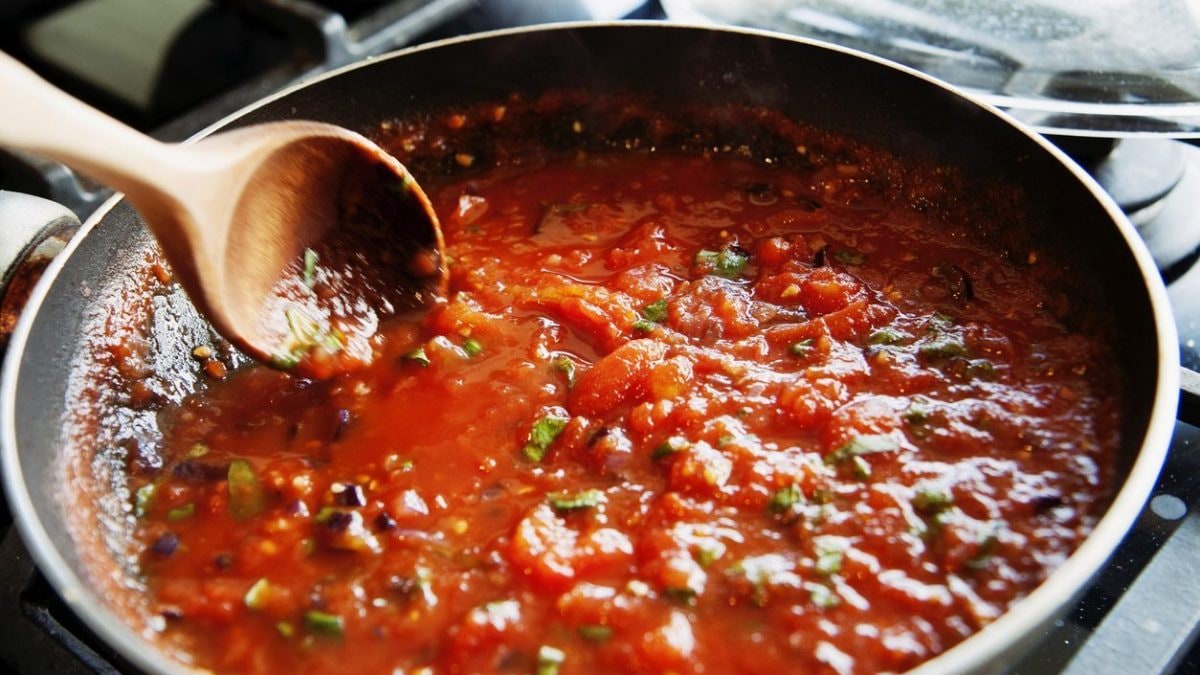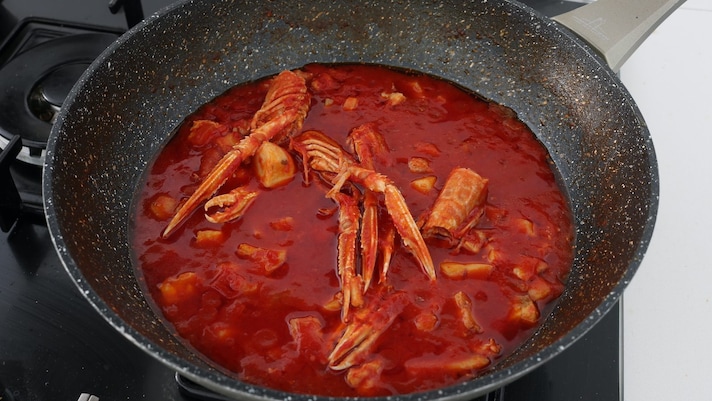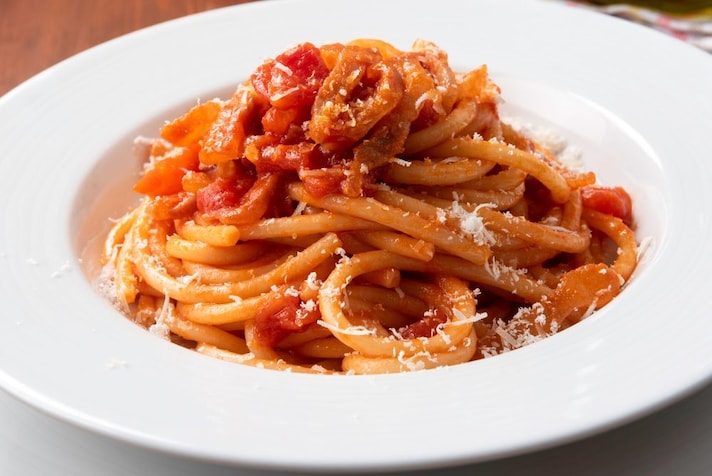
Onion and garlic are two ingredients present in almost all typical Italian dishes. They are often found in tomato sauces, both simple and enriched, to give the dish an extra note of flavor, which often makes the difference (for better, but also for worse, if used incorrectly). When is it better to use one and when the other?
The Latins would have answered “de gustibus”, because in fact there is no real rule in this regard. Over time, as in other areas, even in the world of gastronomy, some customs have been created, so that fish sauces traditionally require garlic, while the perfect soffritto is with chopped onion. In the kitchen, however, there should be free rein for customization: chef Filippo La Mantia, for example, is known for not using garlic and onion in his dishes because he simply doesn’t like them. Even amatriciana doesn’t want to have either. On the contrary, there are recipes that require the presence of both, such as wild boar ragù, to best enhance the simultaneously sweet and intense flavor of game meat.
When to Use Garlic in Tomato Sauce
Loved and hated, garlic is a highly divisive ingredient, almost an identity-defining one. It has a strong, decisive, pungent flavor, which must be measured in order to enhance the characteristic notes of the other ingredients and not cover them. There are different ways to use it based on the chosen recipe, but when it comes to tomato sauces you can always play it safe by briefly frying the unpeeled garlic clove in hot oil, therefore with the external coating, lightly pressed with the blade of a knife. Then pour in the tomato puree, and leave to cook on a low flame for the necessary time. The result is under the sign of delicacy, ideal for tasty fish sauces, where the scent of the sea reigns supreme. For stewed fish, a peeled garlic clove can be added when there are 10-15 minutes left to the end: its presence will be felt, but it will not be at all invasive.

There are recipes, however, where garlic goes from being a character actor to the main actor, for example in spaghetti alla marinara , with a sauce that is based on the classic topping of the pizza of the same name, combined with tomato and oregano. In this case, the garlic must be felt, and this is why it is good to remove the peel, cut it into pieces and put it in oil, so as to release the fragrant essential oils. The advice is to remove the internal bud from the cloves, the part that can make garlic indigestible.
When to Use Onion in Sauces, Instead
Onion tends to have a sweet and rounded flavor, so that it remains in the background enveloping the other ingredients. The most used varieties in tomato sauces are the white and golden ones, more suitable for long cooking, but even here we do not have a precise rule. To make a good fresh tomato sauce, for example, just let the sliced onion wilt in oil, taking care that it does not brown too much, or become bitter.

The basis of many traditional dishes is soffritto, or the chopped mixture of onion, celery and carrots that acts as a universal flavoring: it is found in Bolognese ragù, in Neapolitan ragù (where the onion is coppery) or in lentil ragù, in a vegetarian version. For those who prefer to give more aroma to dishes, the suggestion is to opt for shallots, which are often also more digestible.
;Resize,width=767;)
